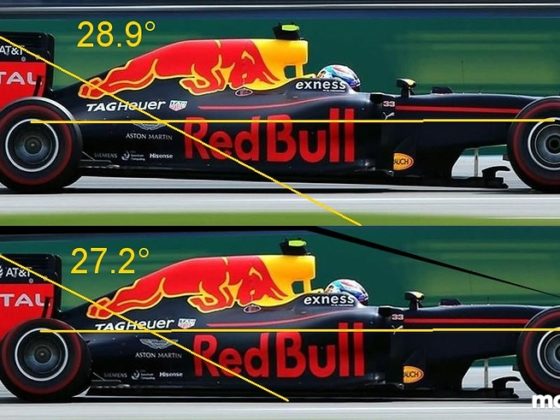
When driving our Project FR-S on the track, we noticed that the engine has a pretty noticeable vibration at 6500 rpm. This was especially noticeable in the higher gears where the engine would spend a lot of time in this RPM range. The vibration was bad enough that we would short shift to try to keep the engine from spending too much time at this rpm. We were thinking that the crank had torsional vibration that the supercharger was amplifying making the vibration more noticeable. After speaking to several other FR-S/FT86/BRZ owners of track-driven cars, they all noticed this vibration as well. Because our car seemed to vibrate the worse we decided to see if we could do something about it. We called the tech guys at Fluidampr to discuss the problem.

When they did a vibrational analysis of the FA20 engine using a frequency sweep, they found that the amount of torsional vibration of the first order, second-order, and, third orders were reaching a peak from 5000-6500 rpm

Here are 3D vibrational plots showing the harmonic peaks of the vibration.

Here are some 2D plots that might be easier to understand! as you can see in this plot, the amount of torsional vibration in the 3rd order was cut in half by the Fuidampr,

Here in the second order, the torsional twist was greatly reduced from 3500 to 5500 rpm.




8 comments
Is it worth putting one of these on a 4g63 from an evo 8/9?
We have one on ours!
I have had one on my Evo IX for a year now.
These are one of those upgrades that’s actually beneficial to your car. I installed a Fluidampr on my 2013 FR-S and it really smoothed out the revs overall and gave the engine a smoother feel. Definitely worth doing.
Did it actually get rid of the 6500rpm vibration that the driver felt? The plots don’t look like there’s a huge amount of torsional vibration at 6500rpm, certainly not a peak.
I wonder if it could be supercharger mounting stiffness. Look at how much structure there is on anything front end accessory drive related from the factory. A water pump or alternator has a relatively huge amount of webbing/structure in the block to stop it from vibrating. 2EO at 6500rpm is 216Hz, trying to give something heavy a higher than 216Hz natural frequency is tricky, and a heavy supercharger is likely to need a HUGE amount of mounting stiffness to get above that. By way of comparison, even OEM cast aluminium inline 4 manifolds can struggle to get a high enough natural frequency even though they’re only supporting themselves and a relatively light throttle body. Obviously this flat 4 one is helped by the fact it isn’t cantilevered, but it’s still a lot of stiffness that is required.
Yes you can see it on the plot!
Do these style dampers deal well with the quick changes in RPM? For instance when you go in with two feet for a panic stop or a rev-matched down shift?
That’s a very good question, we have used these for years in very high power drift motors that see a huge rpm variation very quickly and they work well.